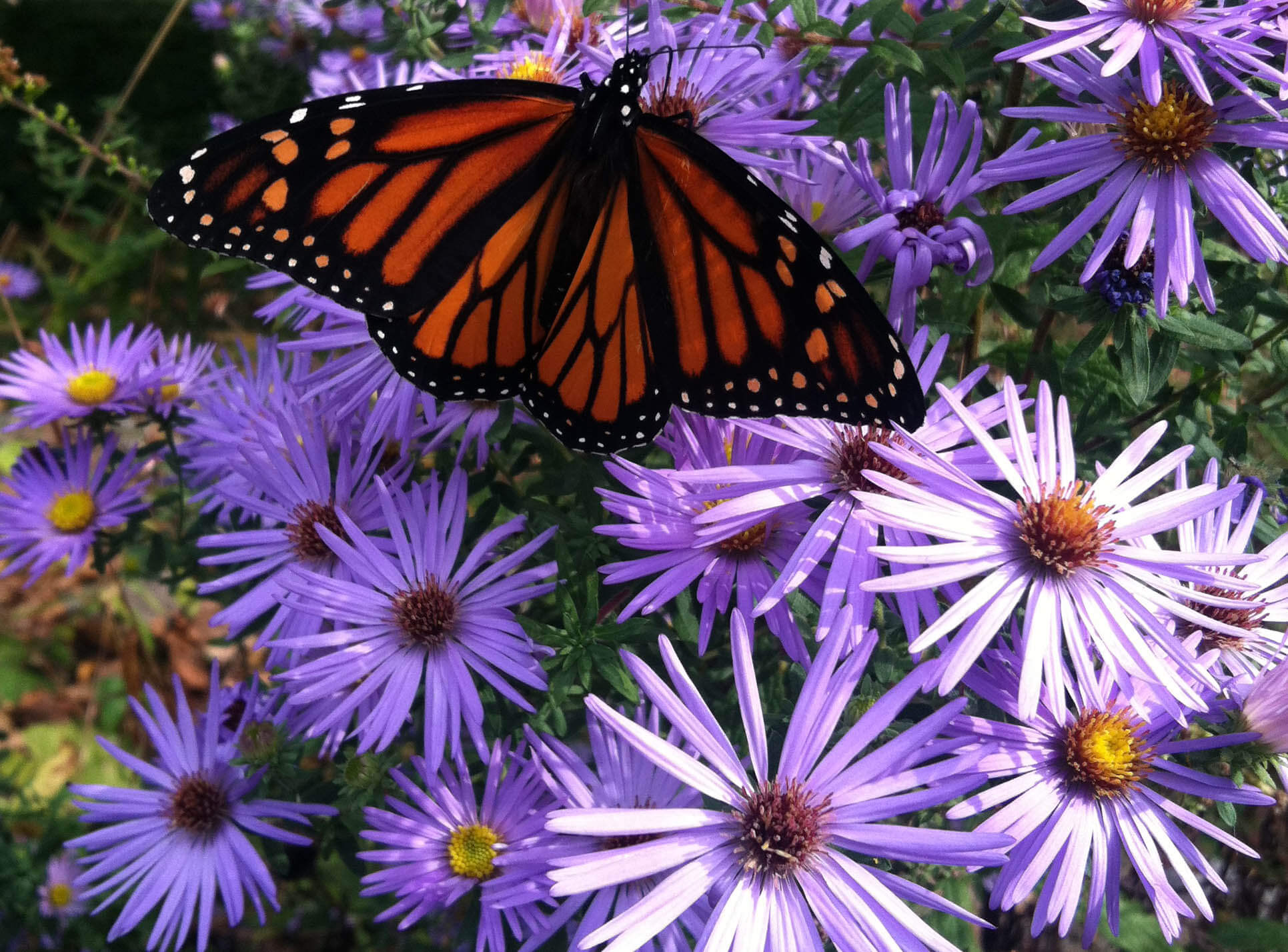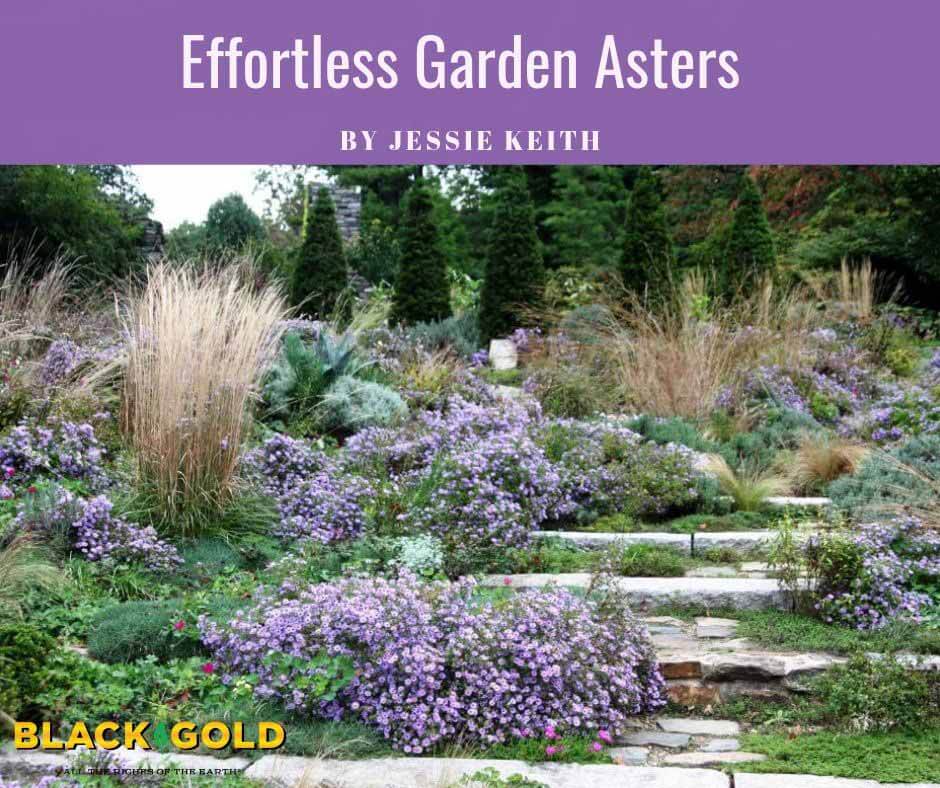
Late-summer fields and meadows dotted with clouds of soft purple, violet, and white daisies are the surest seasonal sign that fall is here. These welcoming, cool-hued composites counter the warm oranges, yellows and burnished shades of goldenrods, perennial sunflowers, and black-eyed Susans. Garden-variety asters are even prettier, crowned in blooms that may venture into pink and magenta shades. For gardeners, there are no better flowers for the season.
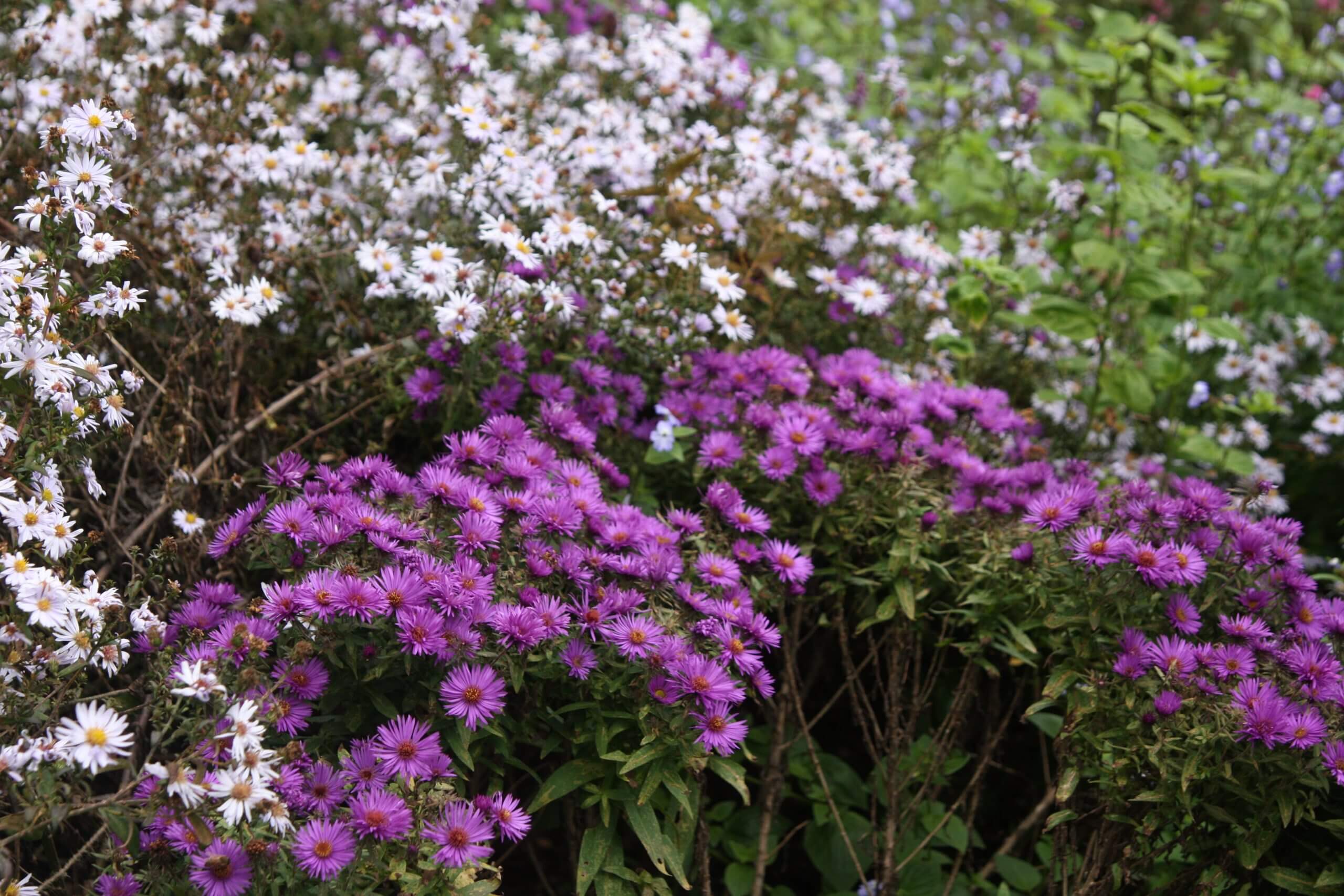
Your garden’s pollinators and migrating songbirds would agree. Aster flowers attract bees and butterflies by the hundreds, and once pollinated, the seed heads become much-sought forage for songbirds. And, if these native flowers fare as well as they do in untended fields and byways, imagine how well they will do in your garden with little care.
Top Six Garden Asters
My top six asters for garden performance tend to be compact, tidy and heavy flowering. All have been proven to grow well in the regions of the Midwest and Mid-Atlantic where I have lived:
Wood’s Purple New York Aster (Symphyotrichum novi-belgii ‘Wood’s Purple’) —Loads of soft violet-purple flowers cover this low, shrubby aster (2-3’) in mid to late September.
October Skies Aromatic Aster (Symphyotrichum oblongifolius ‘October Skies’) —Many golden-eyed violet-blue flowers are the glory of this October bloomer. Plants reach an average of 2’.
Raydon’s Favorite Aromatic Aster (Symphyotrichum oblongifolius ‘Raydon’s Favorite’) —Blooming in late October to November with large, violet-purple flowers, this is a taller (3-4’) bushy variety that always performs well. Cut plants back by half in June for better flowering and tidier growth in fall.
Purple Dome New England Aster (Symphyotrichum novae-angliae ‘Purple Dome’) has a bushy habit (1.5-2′) and rich reddish purple flowers that really stand out in mid-fall.
Lovely Calico Aster (Symphyotrichum lateriflorum ‘Lovely) —Clouds of tiny pale lavender flowers bedeck this bushy (2.5-3’), dense aster in mid to late September.
Alma Potschke New England Aster (Symphyotrichum novae-angliae ‘Alma Potschke’)—One of the tallest of the set (3’), the deep magenta flowers sets this aster apart. These should also be trimmed back by half in June for better growth and flowering in fall.
Planting Asters
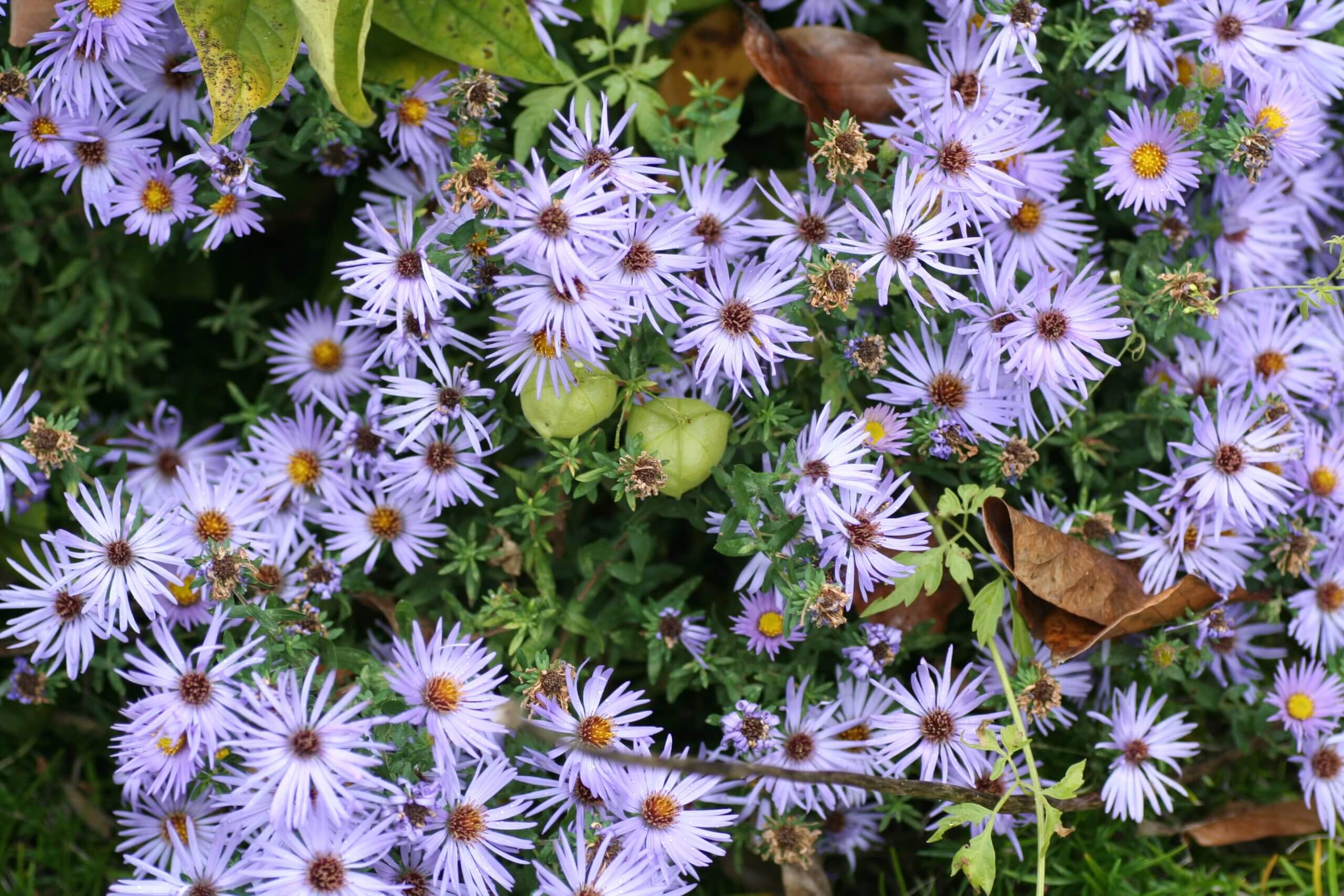
When interplanted with tidy bunch grasses and dwarf goldenrods, garden asters look naturalistic yet refined in the late-season garden. Planting can happen in fall or spring.
Start by picking a sunny, open garden spot. Naturalistic beds look most at home in gardens with soft, sinuous bed lines, so consider reshaping your garden to fit the character of your new plantings. Newly turned beds should be amended with a quality additive that encourages drainage while adding organic matter, such as Black Gold Garden Soil, though many field asters also grow well in clay soils.
Choosing good, complementary plants is essential. Your top picks should be vigorous, sun and heat loving, and have complementary habits, foliage and bloom times. When considering what asters to plant, talk with someone who knows and grows these plants in your area.
Other Perennials to Plant with Asters
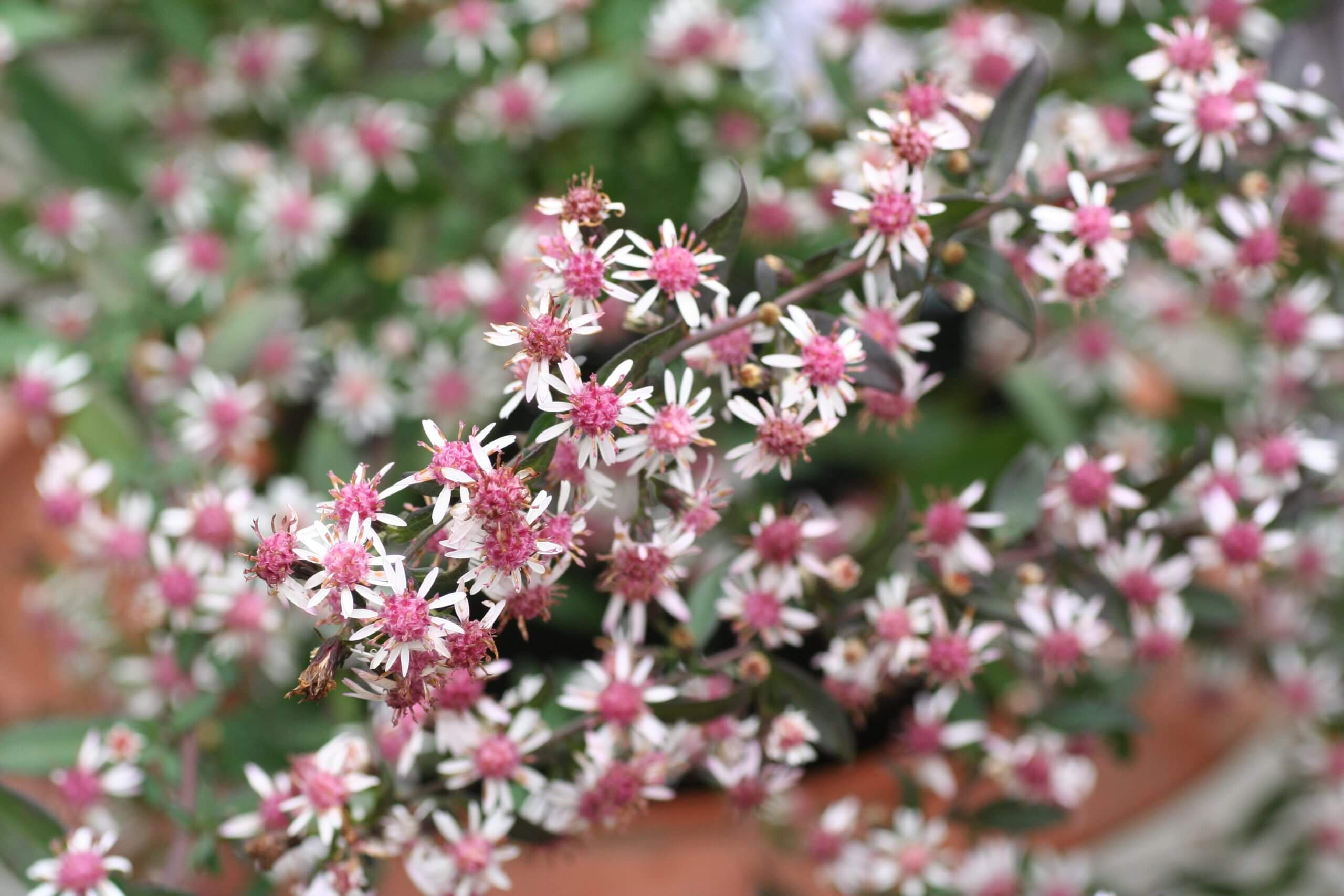
Floral compliments to all of these asters include Golden Fleece autumn goldenrod, Table Mountain willowleaf sunflower (Helianthus salicifolius ‘Table Mountain’), and the hybrid Happy Days sunflower (Helianthus ‘Happy Days’). All are compact and provide golden fall flowers that complement the cool colors of asters. Interplant with soft, airy grasses. The bunching, plush prairie dropseed (Sporobolus heterolepis), mounding Carousel little bluestem (Schizachyrium scoparium ‘Carousel’) and steely Elijah Blue fescue (Festuca glauca ‘Elijah Blue’) will add compact texture and provide winter interest.
The real beauty of these plantings is that they provide effortless late season charm and rare color that will light up any garden.
